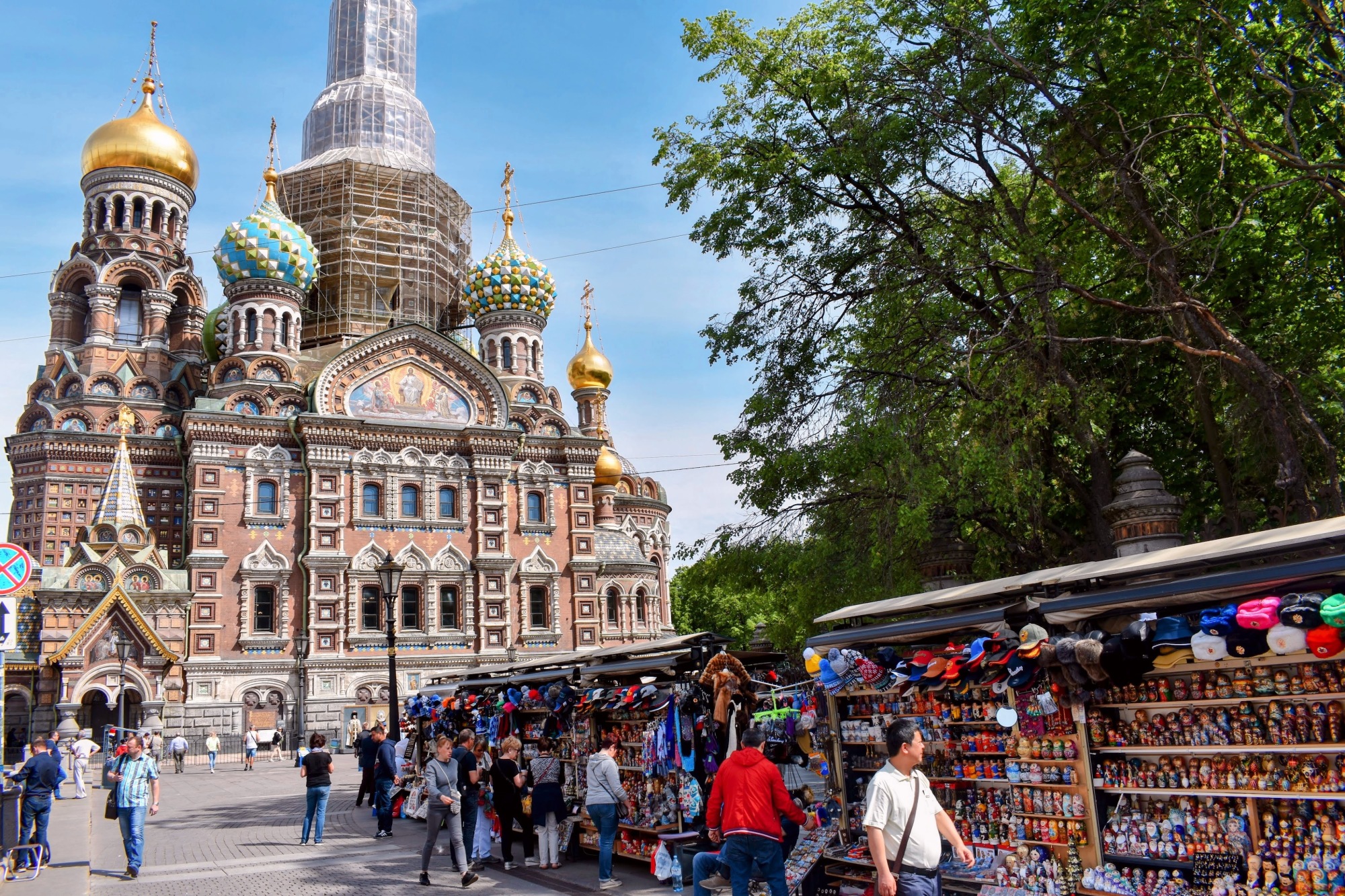I don’t know about yourself, but I often have the feeling that this thing that we call life is just a dream.
It’s an old, recurring theme in literature and in neuroscience today, as the way we perceive reality can be described as a “controlled hallucination”.
We don’t see things as they are, but as we are.
Which means that our mind is constantly creating a vision before our eyes.
A dream, literary.
Past, present and future flow in that same ephemeral river, as if they never existed.
“And so I ask myself: Where are your dreams? And I shake my head and mutter: How the years go by! And I ask myself again: What have you done with those years? Where have you buried your best moments? Have you really lived?”, ask Dostoevsky in the White Nights, a short story he wrote about an isolated, dreamer character living in Saint Petersburg.
A classic of his.
The answer seems to be captured in another quote of the same book:
“But how could you live and have no story to tell?”
We can’t, indeed, we need to make sense of that hallucination telling (writing) stories about ourselves, about others.
Especially when life seems to play the absurdity card for us.
Without doing so, we are going to fall in a bottomless, hellish pit, and we are simply going to die, miserably.
That seems an appropriate premise to make in talking about my Petersburg days.
There is probably no better city on earth for daydreaming and storytelling.
Quite often its beauty is so striking that it generates a kind of jealousy, though.
You would want to treasure it, like a rare and beautiful dream, indeed.
But that’s no the reason why we are here, and why we do what we do.
We do inflame that sparkling fantasy of ours through images, for example.
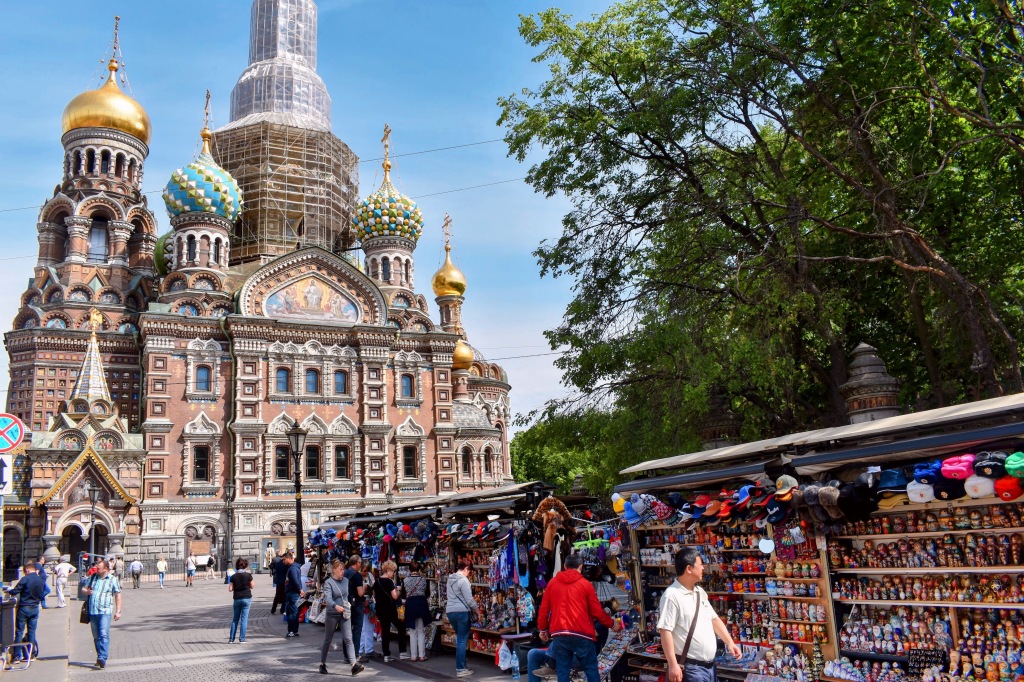
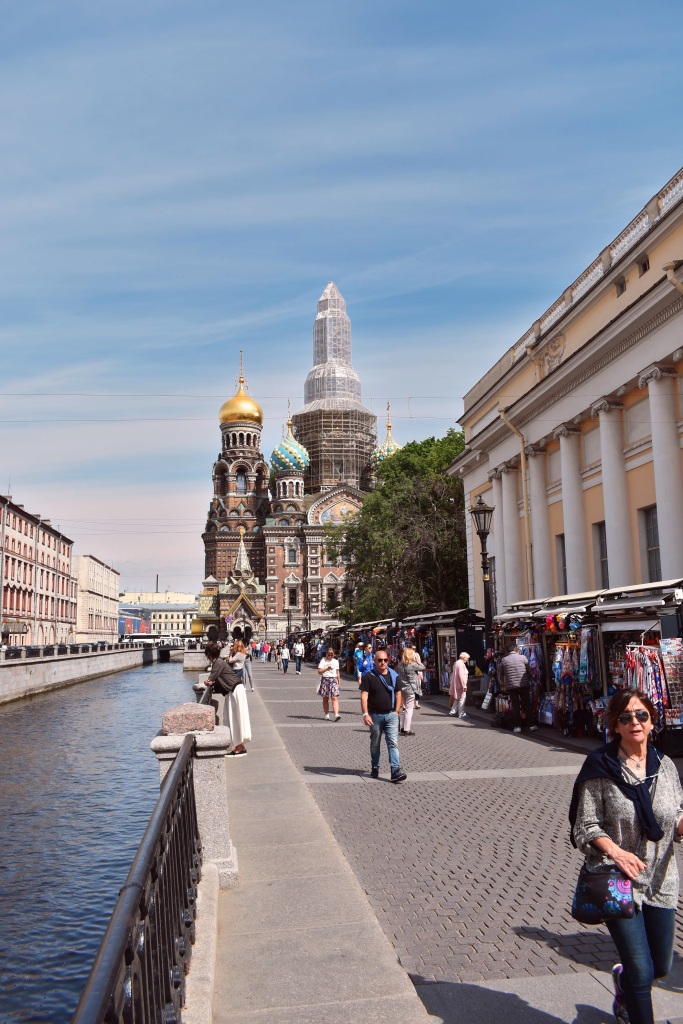
Above are some photos of the Church of the Savior on Spilled Blood, erected on the same site where the emperor Alexander II was assassinated by members of the nihilist movement.
The “spilled blood” suffix refers indeed to his assassination.
Too bad the dome was under renovation works at that time, nonetheless the facade retained its glorious magnificence.
“I am a dreamer. I know so little of real life that I just can’t help re-living such moments as these in my dreams,” says again Dostoevsky in the White Nights, a book that marked my adolescence deeply.
As an idealistic, hyper sensitive, impressionable, teenager I could identify and empathize with Dostoevsky’s protagonist, with his inadequacy, his loneliness.
One of the many things that scares me about the present world, is the fact that today, young people don’t seem to have any interest in reading great literature.
They are easily addicted to social media scrolling, consuming contents that don’t nurture their mind, their souls.
That has a huge impact on their cognitive abilities, but also on their feelings.
I believe that a particularly sensitive guy finds no comfort in scrolling through pictures and videos on Instagram, YouTube or even worse, TikTok.
Honestly, I have no idea how young people can cope with life today, but I am pretty sure that my adolescence would have been darker, marked by anxiety and a sense of being constantly inadequate, without books.
You may have realized by now that I have a hard time talking about my Petersburg days through a linear narrative, but that’s because I really experienced it all as a dream.
Time windows open one into the other.
So, I’d rather let the pictures do the talking here:
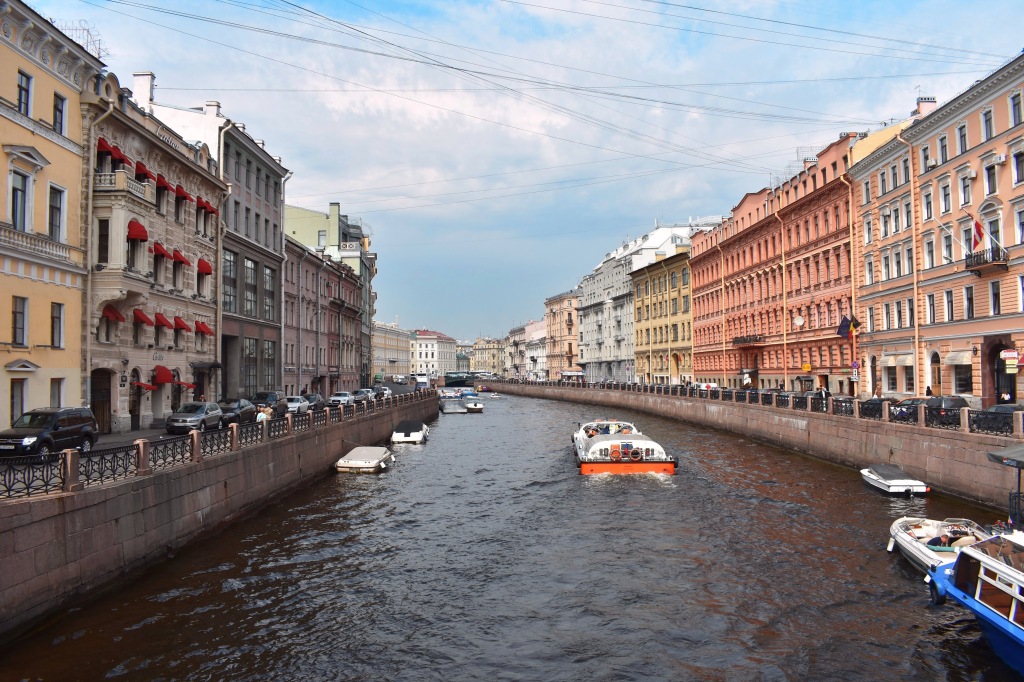
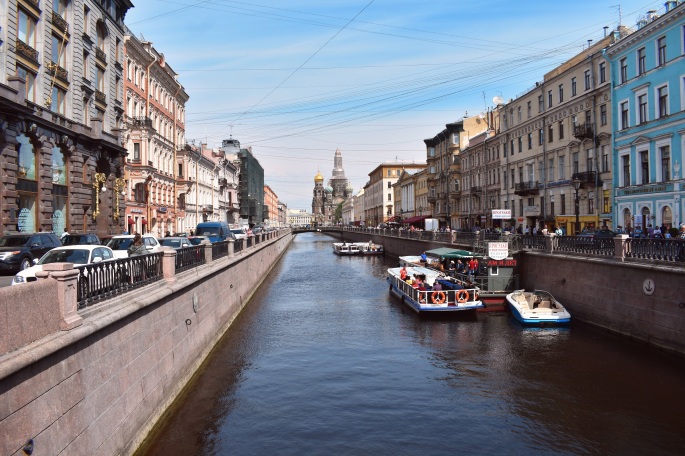
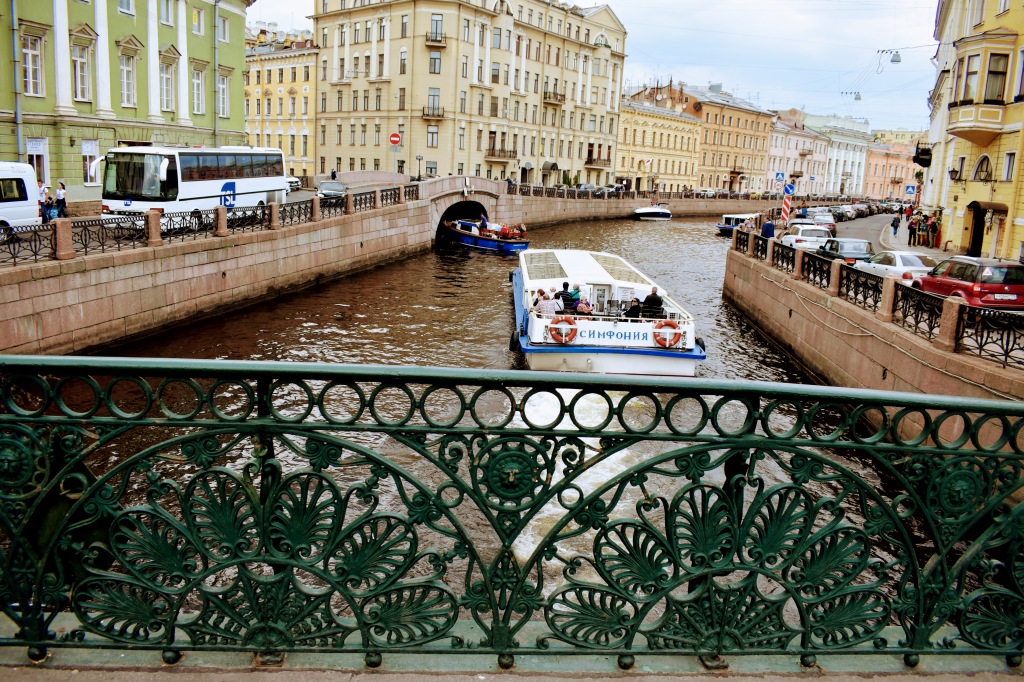
St. Petersburg is the city of canals, more than 60, of one of the world’s richest museums, the Hermitage, which features a painting by Leonardo da Vinci, one of the earliest works of the High Renaissance, Madonna Litta, of Petrine Baroque by Domenico Trezzani and Giovanni Fontana among others.
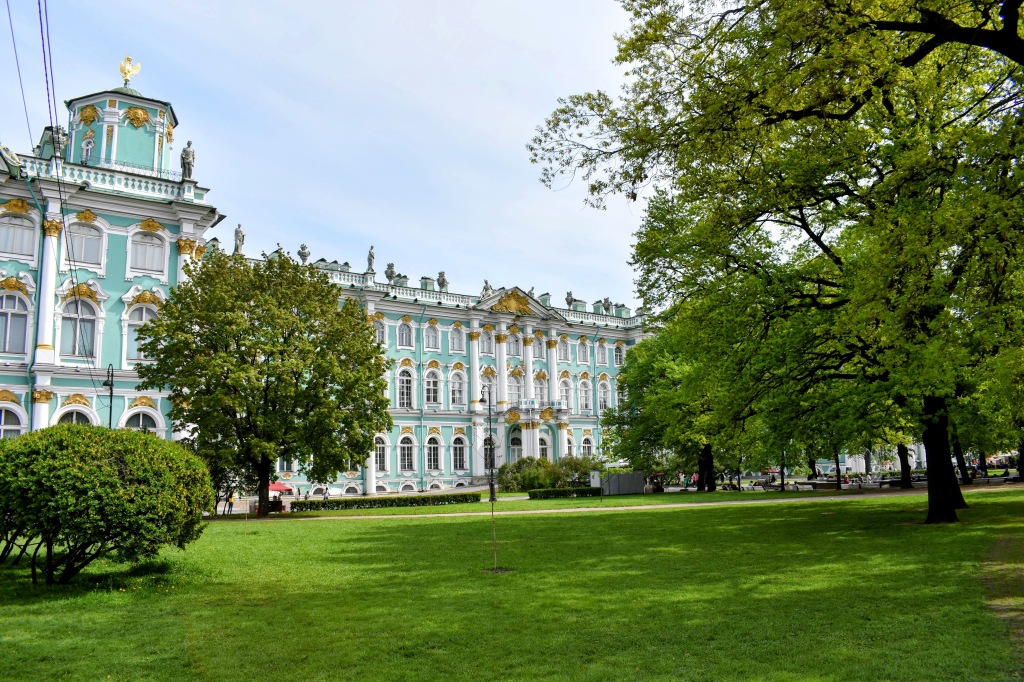
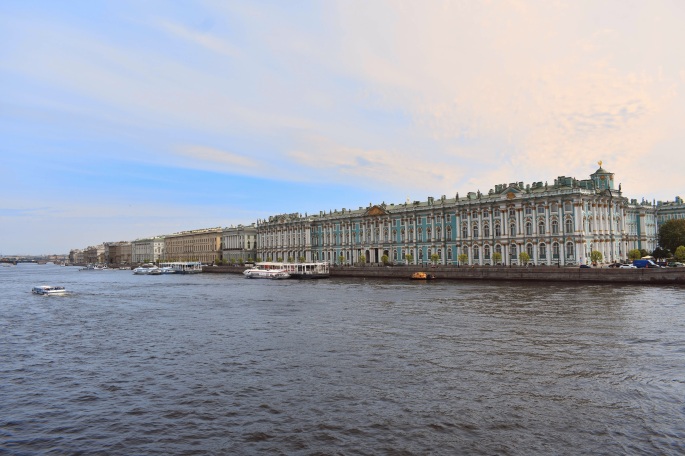
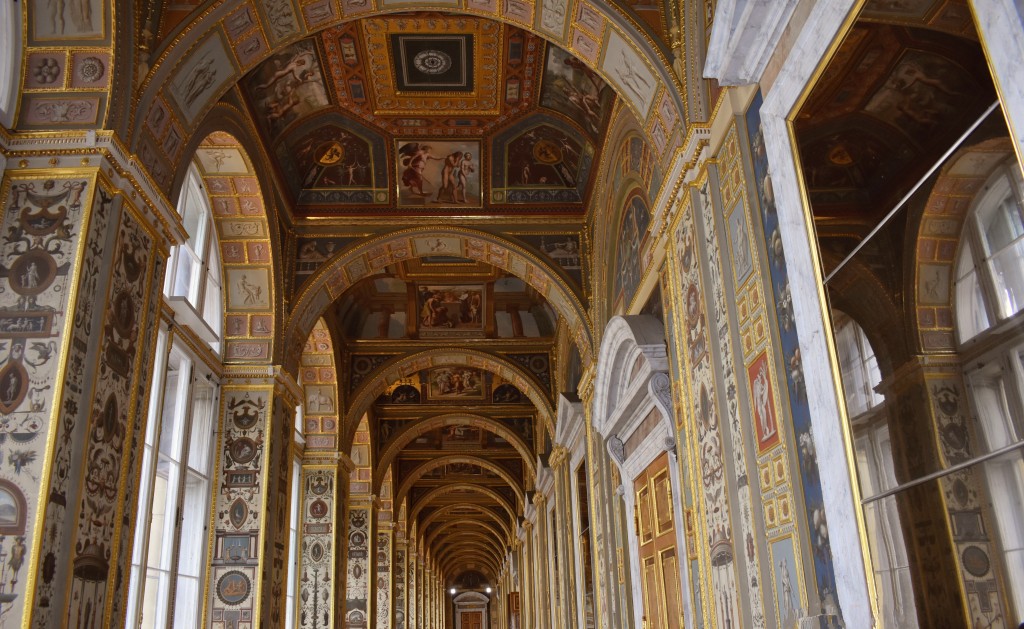
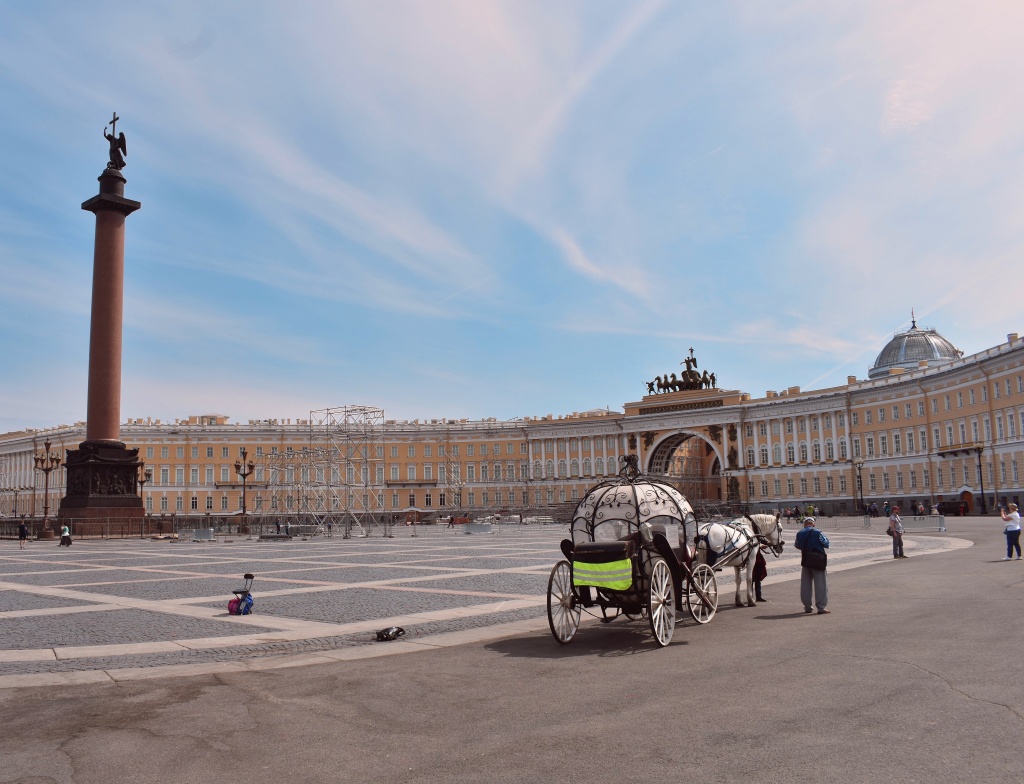
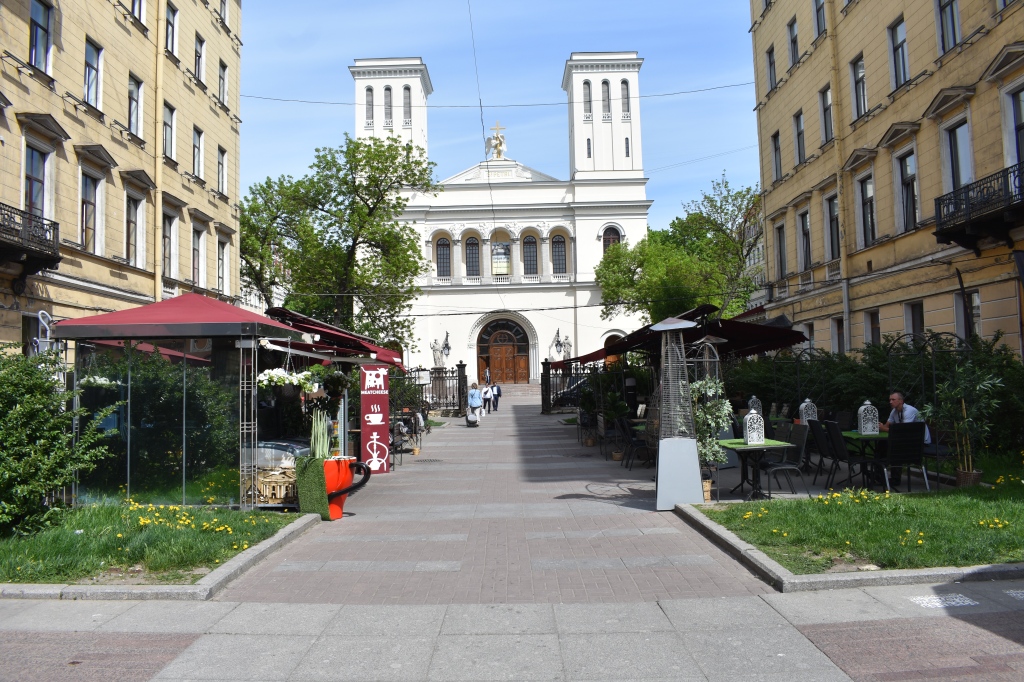
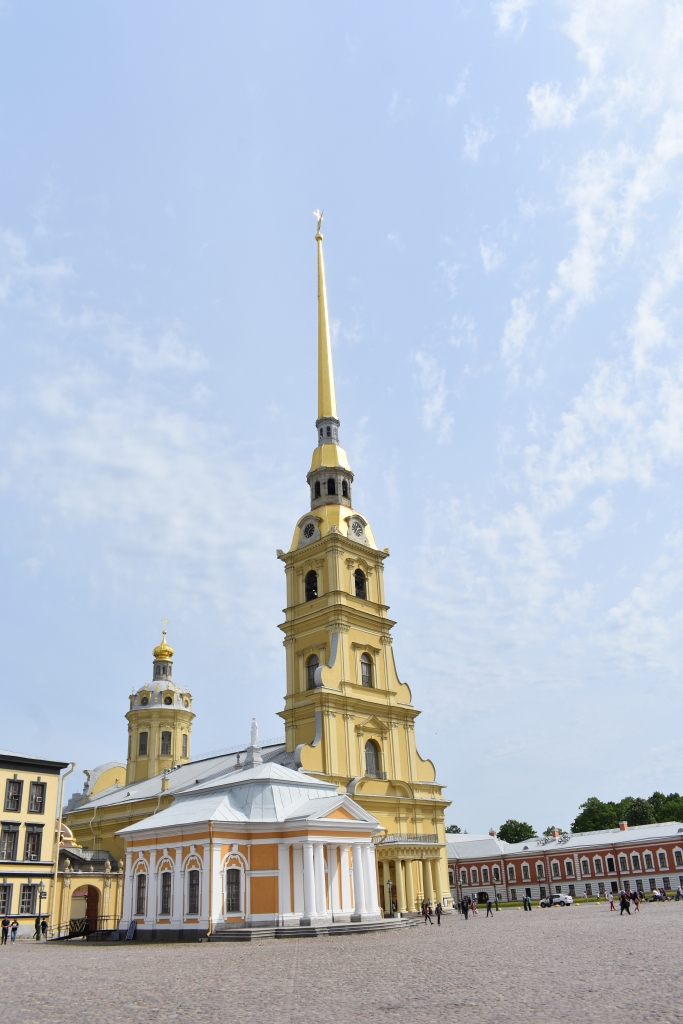
It’s also the city where the greatest writer of all time, Fëdor Michajlovič Dostoevskij, lived most of his life and set most of his fiction works.
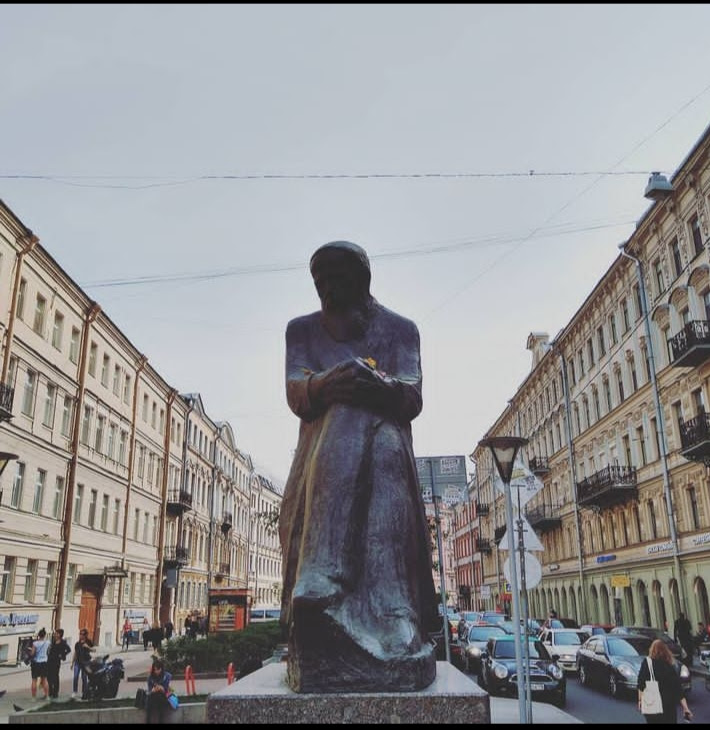
I had the privilege to visit the apartment on Kuznechny Lane 5/2 where Dostoevskij lived twice during his life, first for a short period in 1846 in the beginnings of his career, and later from October 1878, when he wrote The Brothers Karamazov, until his death in January 1881.
Mine was thus a pilgrimage to the city where the writer who most marked my personal and intellectual path, is still buried.
From Mskovskiy Prospekt, I took the Metro 4, the orange line, to reach Alexander Nevsky Square, where the Tikhvin Cemetery is located.
Walking in that sacred place was without doubt one of the highlight of my journey to Asia.
One of the milestone of my entire life, I would dare to say.
Finding the grave wasn’t hard, as the cemetery is a tiny one.
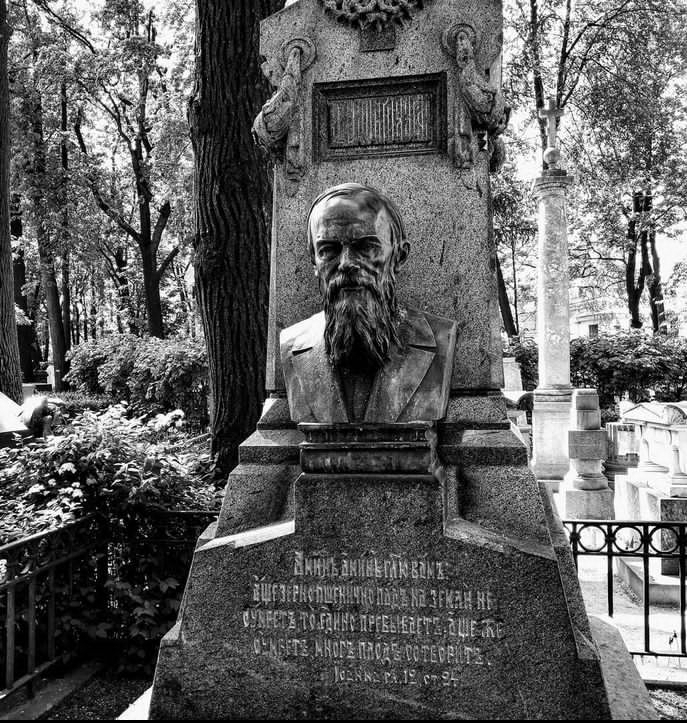
I cannot hide the fact that I was particularly moved at that moment.
And I would certainly fail in trying to describe my feelings and thoughts, how surreal the whole thing appeared to me.
I cannot reveal my private conversation with him, either, with whoever was listening in the universe at that particular moment.
I want to close this article with the gold paint epitaph transcribed on the grave, including Dostoyevsky’s favorite Gospel verse:
Verily, verily, I say unto you, Except a corn of wheat fall into the ground and die, it abideth alone: but if it die, it bringeth forth much fruit (Jn. 12:24).

